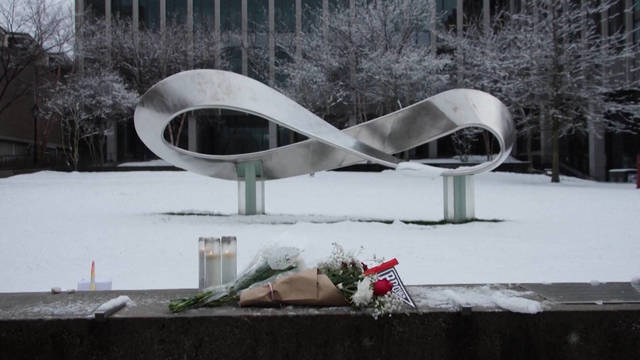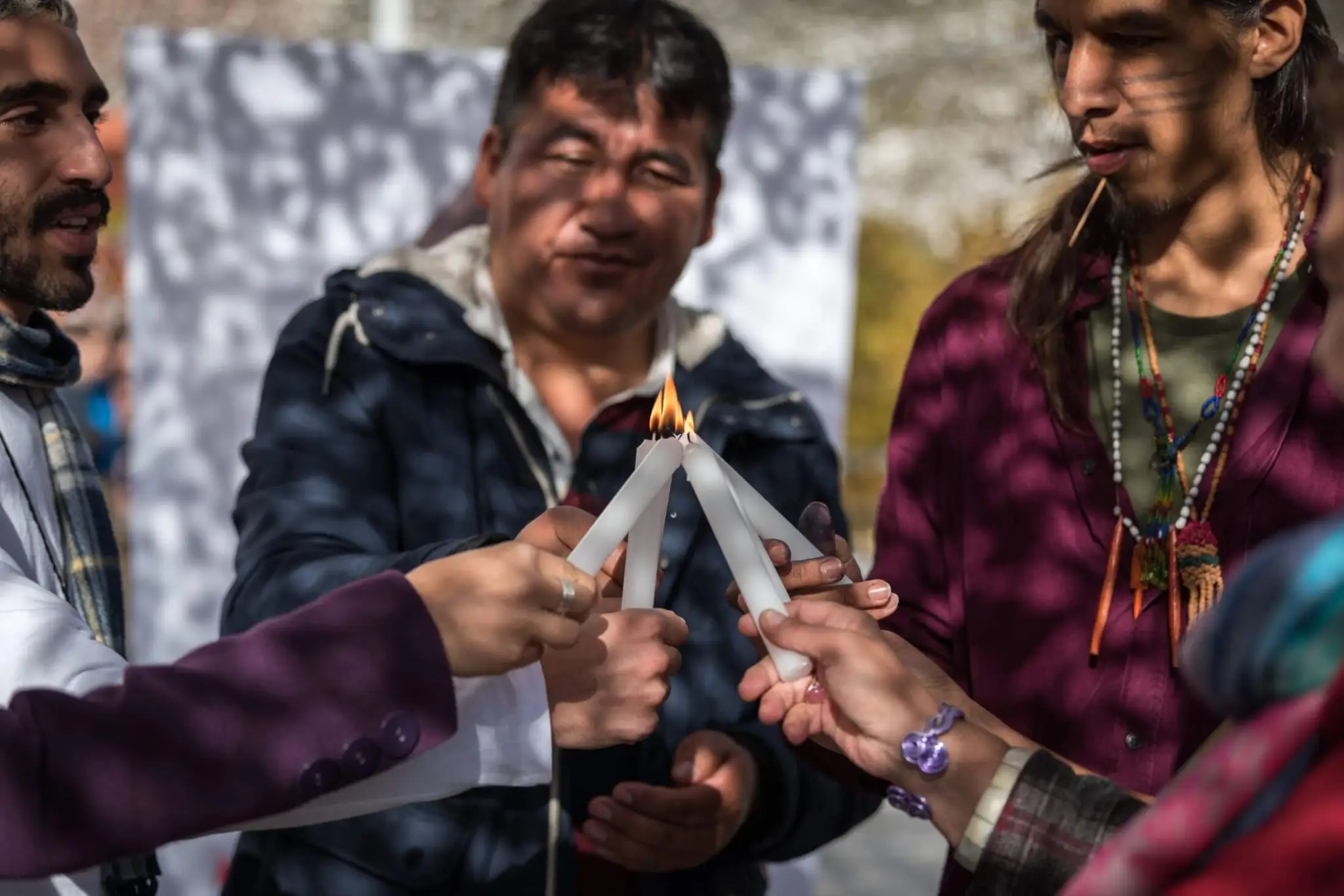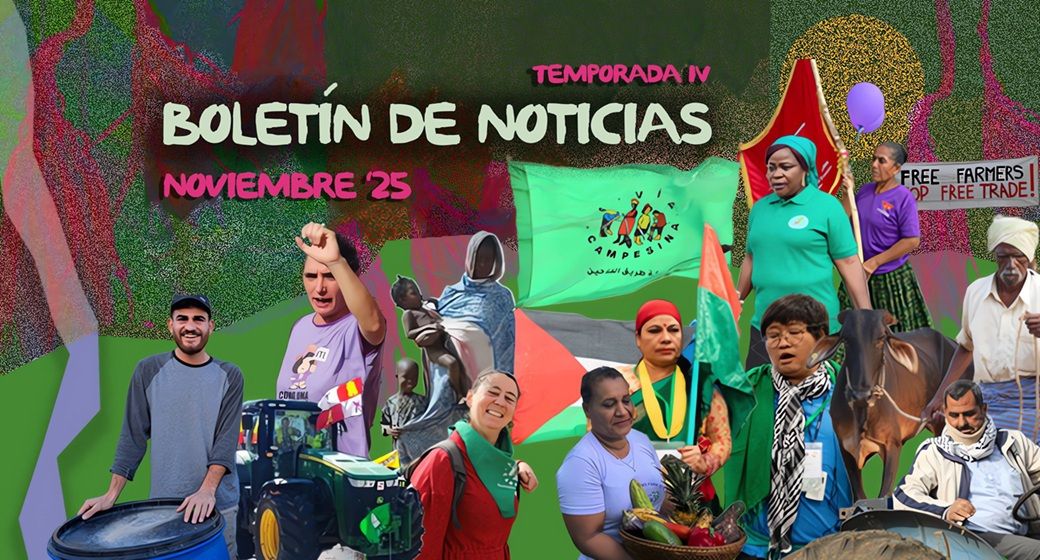Context of the crisis, impacts and needs analysis
Since 2021, gangs have been gradually closing in on Port-au-Prince, where homicides, hostage-taking and rapes are now daily occurrences. Gangs are now extending their influence beyond Port-au-Prince, including in the northern areas considered the country's breadbasket, at a time when almost half the population is going hungry. Growing insecurity continues to push thousands of people from their homes, paralyzing basic services and threatening to reverse the gains made in the fight against the cholera epidemic that was declared on 2 October 2022.
Political-social-economic context.
Following the July 2021 assassination of President Jovenel Moise, Haiti has been mired in a political and security stalemate amid a third consecutive year of economic recession. Inflation has risen to more than 48 per cent of GDP. Since then, the Haitian Gourde has lost nearly 65 per cent of its value. According to the World Bank, nearly 90 per cent of Haitians live below the poverty line, with nearly a third of them living in extreme poverty (US$2.15/day). The high cost of living, insecurity, fuel shortages and the Government's mid-September 2022 announcement that it would end fuel subsidies have led to massive, and sometimes violent, demonstrations, as well as gangs blockading Haiti's main oil terminal for several months. This blockade paralysed economic and social activity, limiting basic access to services for the population, hindering aid operations and creating considerable humanitarian access difficulties
There are more than 300 gangs in Haiti, including 100 to 150 in the Port-au-Prince Metropolitan Area (ZMPP) alone. Gangs have been occupying parts of Haiti for over 20 years. There are at least 300 such gangs, with more than half operating in the Port-auPrince metropolitan area (ZMPP), whose actions are fuelled by political, economic and security interests. The gangs' hold has strengthened since 2021, to the point of encircling Port-au-Prince, where they control or influence 80 per cent of the area, according to OCHA, through sophisticated tactics and the emergence of powerful coalitions. Clashes between gangs for territorial control and with the Haitian National Police (PNH) have created a permanent environment of fear. The majority of the capital's population is directly affected by the violence and has seen their freedom of movement and access to basic services restricted.
A grave protection crisis. Sexual violence has reached alarming levels, with gangs using rape as a weapon of terror and subjugation against the population.
Gang abuses and criminal activities have reached unprecedented levels; according to the Office of the High Commissioner for Human Rights (OHCHR), 1,119 kidnappings took place in 2022, or three kidnappings per day. In the first quarter of 2023, at least 807 people were killed/lynched (up 107 per cent from the last quarter of 2022), 746 injured (up 114 per cent) and 627 kidnapped (up 125 per cent). The Single Health Information System (SISNU) recorded 16,470 incidents of gender-based violence in 2022.
Fear of stigmatisation or reprisals, as well as the lack of police presence in some neighbourhoods and shortcomings in the judicial system, often prevent victims from obtaining justice. In addition, many survivors do not receive support or care due to the lack of facilities nearby and prohibitive transportation costs. The abrupt deterioration of security, economic and social conditions is particularly affecting children, especially those living in gang-ridden areas, and repatriated children.
Half the population is suffering from severe food insecurity (IPC Phase 3 or worse). Haiti has some of the highest levels of food insecurity in the world, with nearly half of the population suffering from severe food insecurity. According to the Integrated Food Security Phase Classification (IPC) results for March to June 2023, 18 per cent of the analysed population is classified as IPC Phase 4 (Emergency) and 31 per cent as IPC Phase 3 (Crisis), representing 49 per cent of the population in need of urgent action to protect lives and save livelihoods. There has been a slight improvement in the Cité Soleil area, which at last count had 5 per cent of its population (nearly 20,000 people) in IPC Phase 5 (Catastrophe). Humanitarian food assistance, which in recent months has reached 30 per cent of the target population of Cité Soleil, has been a significant mitigating factor. While the prevalence of Severe Acute Malnutrition (SAM) is estimated at 2.1 per cent, the situation in the Port-au-Prince metropolitan area is particularly alarming, with SAM prevalence approaching 3 per cent.
Access to health services is compromised.
Access to health care is of particular concern to the Haitian people as the country experiences a resurgence of cholera. After the first two cases were reported in the ZMPP on 2 October 2022, the epidemic spread rapidly across the country, reaching more than 35,000 suspected cases by March 2023. More than half of the cases are among children. Despite logistics challenges related to gang activity, recurring fuel shortages, a lack of trained staff due to a mass exodus of health workers and a lack of supplies affecting 73 per cent of the 22 largest health facilities, the Haitian Government, health workers and their partners have managed to bring down the epidemiological curve.
A quarter of households in the country use unimproved water sources for drinking. Access to safe drinking water and basic hygiene and sanitation services in Haiti is severely limited, particularly in rural and peri-urban areas where most Haitians live. Only 55 per cent of households have access to basic drinking water services and 61 per cent of households do not have access to improved latrines. Access to safe water remains a challenge and a major cause of the spread of cholera.
Violence has forced thousands of people to flee their homes. Increased violence in the Port-au-Prince metropolitan area has displaced nearly 128,000 people from their homes. More than 2,500 people are still displaced in Sud and Grand'Anse following the August 2021 earthquake. According to the Displacement Tracking Matrix (DTM), 62 per cent of internally displaced people (IDPs) from the urban violence have sought refuge in host communities whose living conditions have also been severely disrupted. By December 2022, gang violence had spread beyond the borders of the ZMPP to the Artibonite department, displacing nearly 8,500 people in the region.
Desperation is driving more and more people to leave the country, while forced repatriations continue. According to data from the International Organization for Migration (IOM), by July 2022, the number of returnees by air and sea exceeded the overall number for 2021. Forced returns from the Dominican Republic were particularly high in 2022, with 154,333 people repatriated. Conditions for repatriation were extremely harsh, with little respect for human rights. There were reports of unaccompanied children still wearing their school uniforms and deportations of Haitians who had identity papers and were presumably in compliance with legal migration laws. In September 2022, social unrest and increased gang activity led many countries to halt repatriations as conditions did not allow for a safe and sustainable return to the country.
A nine-fold increase in violence against schools. According to UNICEF, shootings, ransacking, looting and abductions of teachers and students have increased ninefold in one year. In the first four months of the school year (October 2022 to February 2023), 72 schools were reportedly targeted, compared to 8 in the same period last year. In the southern departments, logistical difficulties related to gang activity and the fuel crisis have hampered efforts to rebuild the 1,250 schools destroyed in the 14 August 2021 earthquake. The deteriorating economic and security context and social tensions have led to the postponement of the start of the 2022/2023 school year, originally scheduled for September, until November 2022. Schools did not reopen until early 2023, although not all students went back to school (see HNO), which places them at increased risk of use and recruitment into gangs.





